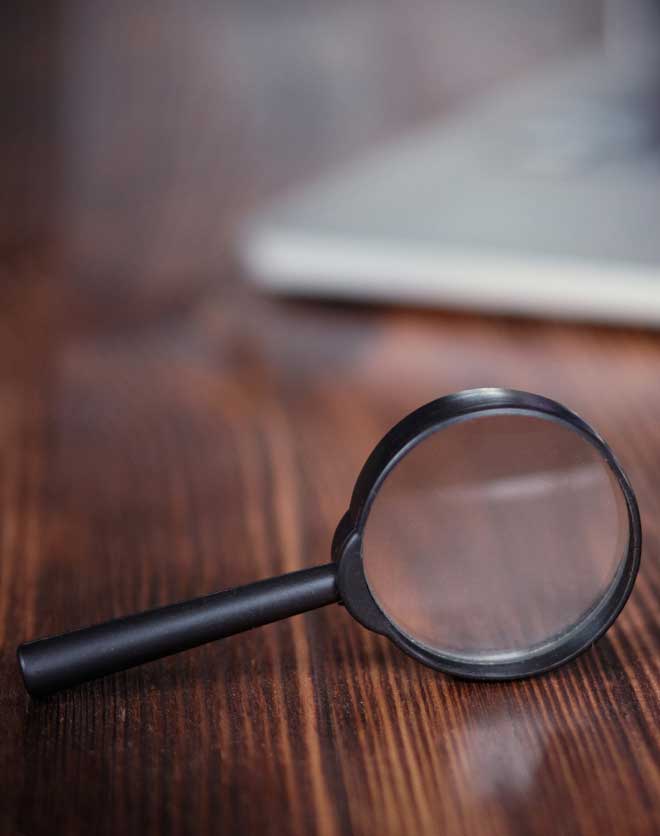I spoke with Jeannise, one of our Digitization Technicians, who works in our camera studio and is regarded as one of our leading camera and material experts. She’s been with Backstage for seventeen years having started in 2005.
A: Where did you work before coming to Backstage and to Digitization?
J: I worked at Binney and Smith Crayola a couple of blocks down the road from here. It was my first job working on an assembly line and boy was it an experience! Then when I came to Backstage I actually started out in the Microfilm Studio where I gained a lot of skills during my seven year tenure.
A: What sorts of projects catch your attention the most and why?
J: I tend to enjoy short, difficult projects with tight deadlines. The things nobody else wants. I really like the challenge of having to come up with unique ways of getting the best outcome. Brittle books, scrapbooks, old newspapers, and manuscripts all catch my attention but nothing calls out to me like a good old Medieval Manuscript collection. Medieval Manuscripts are definitely my absolute favorite.
A: Your colleagues call you an expert when it comes to digitizing fragile, complicated materials. What was the most difficult project you ever worked on as far as material type and how did you combat those challenges on camera?
J: It’s very hard to point out a single project because I often work on more than one project in a day; then multiply that by seventeen years, it all becomes a jumbled mess. But I’d say any scrapbook usually falls within the category of extra challenging material. Usually these scrapbooks are from the late 1800’s to the mid century (war years) and the glue is always failing. The tape once used to securely hold anything down is now just little cellophane strips floating between the pages. Nothing is glued in place anymore and one has to spend the time rearranging items, guessing where something belonged by the foxing left on the page. Newspaper articles are often partially glued to the page while the rest of the article is accordion folded, attempting to unfold these items breaks them and often the client doesn’t want us to use filmoplast, so one has to find a way to piece them together as best possible in order to take a clear shot of all the text while keeping the rest of the items on the page intact. That compounded with layered material, overlapping material, material that can’t be peeled back or folded, items that extend past the capture frame… There are so many intricacies in a scrapbook, I love them!
A: A few years ago, you worked on a pilot project that involved an incredibly detailed scrapbook. Can you tell us a little more about it? I’m told it was a benchmark experience for scrapbook digitization.
J: I loved that project! It was a collection of scrapbooks from the 1920’s silent movie era and the factors that made it especially difficult to work with were the thickness of the books (each volume was over 4 inches thick). The books were warped and wouldn’t lay flat, the pages were the thinnest and most fragile onion skin, and the pages themselves were torn or warped with layers upon layers of material glued on top of each other. More often than not the layered material opened way past the original page and required building towers of padding beneath the material to keep the page flush against the glass. Then I had to use layers of black fabric to cover the entire work area and hide the padding, etc. The pages were especially fragile on their own but due to so many layers of content on each one, they were virtually impossible to turn without ripping, so I had to build support beneath them in order to turn the pages. All the images on the volumes were cut-out from magazines so it was moiré aplenty and I had to rotate the volume to counteract the moiré pattern on the images. There were so many layers of tipped-in items one could go insane keeping track of what had been scanned or not and to make things worse, the tipped in items were folded onto each other and warped, so I had to use a knife and spatulas to counter-fold and iron out images. It was weeks of labor intensive work and I loved every second of it.
A: What sort of hobbies do you have to fill your down time? Can you tell me about them?
J: I’ve always been a crafty sorta person, so in my spare time I try out new crafts. Recent things I’ve done? String art, embroidering, and resin projects. The bad thing is I make these items and then have no idea what to do with them afterwards! I also do a lot of bullet and art journaling. I enjoy baking cakes as well which I tend to gift as birthday presents. Really any type of introvert activity.



Learn more about the team at Backstage on our community and about-us pages!



